By TREVOR HOGG
By TREVOR HOGG
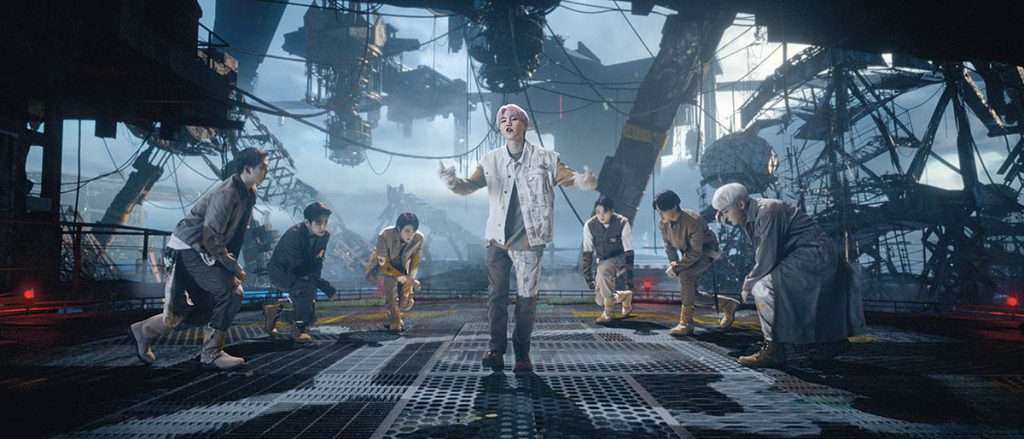
Seen as a breeding ground for celebrated filmmakers such as David Fincher, Spike Jonze and the Daniels (Daniel Kwan and Daniel Scheinert), music videos no longer require millions of dollars from a record company to produce or a major television network to reach the masses. The media landscape continues to evolve with the emergence of virtual production, AI and Unreal Engine, as well as what is considered to be acceptable cinematically. Whether an actual renaissance is taking place is open to debate, as “Take On Me” by a-ha, “Sledgehammer” by Peter Gabriel and “Thriller” by Michael Jackson remain hallmarks of innovation despite the ease of access to technology and distribution that exists nowadays for independent-minded content creators and musicians.
Constructing a 56-foot-wide by 14-foot-tall virtual production wall in East Providence, Rhode Island for commercials, movies and music videos is Door G, a studio that also does real-world shoots, makes use of AI-enhanced workflows and handles post-production. “Independent artists can put their work out on YouTube and social media, and get attention that way,” states Jenna Rezendes, Executive Producer at Door G. “People may not have heard the song but have seen the video. The visual is important.” One has to be agnostic when it comes to methodology and technology. She says, “We can work with clients or directors and come up with a plan that suits their creative. Does it make sense to do it virtually or lean into some AI to help create some backgrounds? All of these methods can be combined to create the best product. There are numerous tools accessible to a lot of different people. People are making music videos on their own using iPhones and putting them on TikTok. It’s a matter of how the approach fits the end result you’re looking for, within your budget.”
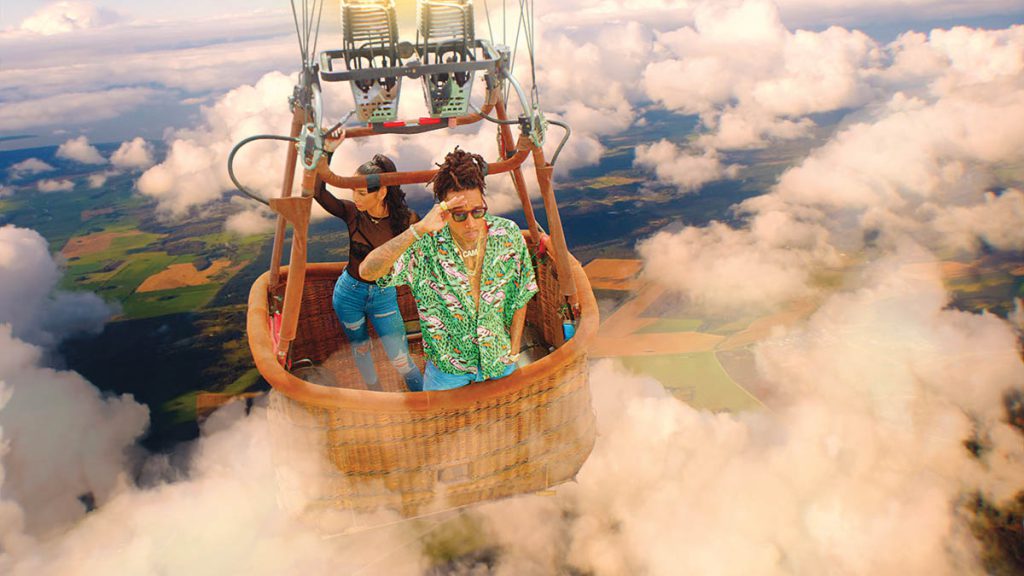
AI will become a standardized tool. “It allows you to be more iterative in the creative development phase. You can churn through ideas and not feel like you’re wasting a lot of valuable time,” remarks Joe Torino, Creative Director at Door G. “AI is a quick pressure test of ideas versus spending weeks building things out only to realize it’s not going to work. Like any other new technological development, AI will become a choice of the creator and the person who is buying the creative. Do they want something that is AI or human-created or a combination of both? It will become clear in the future what’s what, and people will have a choice to make what they want to invest in.”
Unreal Engine is another important tool. “Unreal Engine allows you to create worlds from scratch, but, that said, it still requires a lot of processing power not so widely available yet,” Torino states. “We did a music video that was this post-apocalyptic world entirely created in Unreal Engine. This is something you would struggle to do as video plates. This allowed them, on a reasonable budget, to create this world that otherwise would have been impossible.” Content is not being created for the long term. “Things are more disposable,” Torino believes. “If you do a music video that is innovative and creative, you get a chance to have a moment, but I don’t know how long that moment will last. You can make a great music video with one filmmaker and artist, and that probably wasn’t the case in the 1960s, 1990s and early 2000s,” Torino states. “The biggest factor for change is through AI. Soon, you will be able to make an entire music video using AI. We’re probably six months to a year out from someone who can recreate the aesthetic of the music videos for ‘Take On Me’ or ‘Sledgehammer’ with a few clicks and some dollars to spend on AI video rendering platforms. It will be polarizing like everything else, but polarization ultimately gets eyeballs, so people are going to do that.”
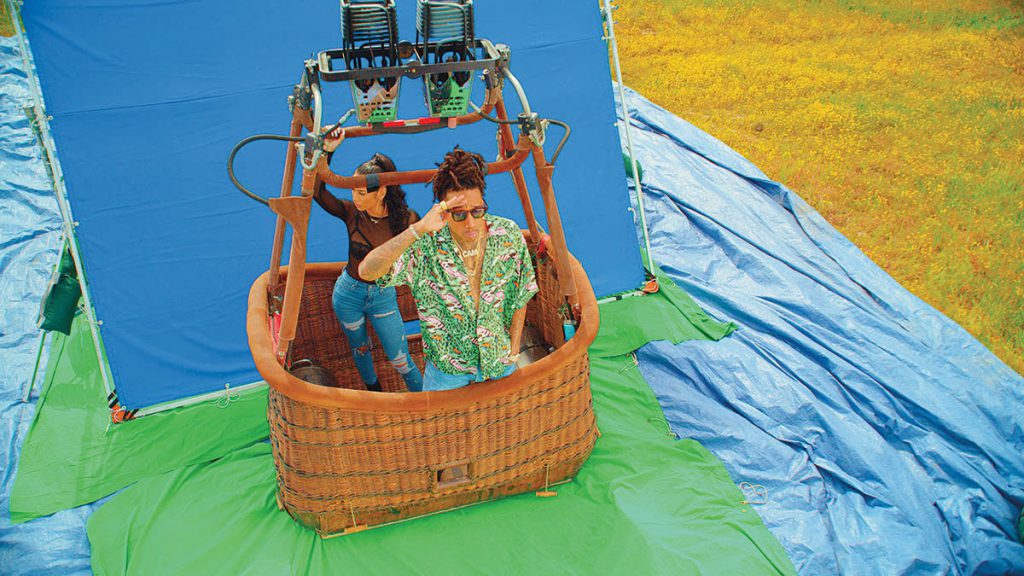
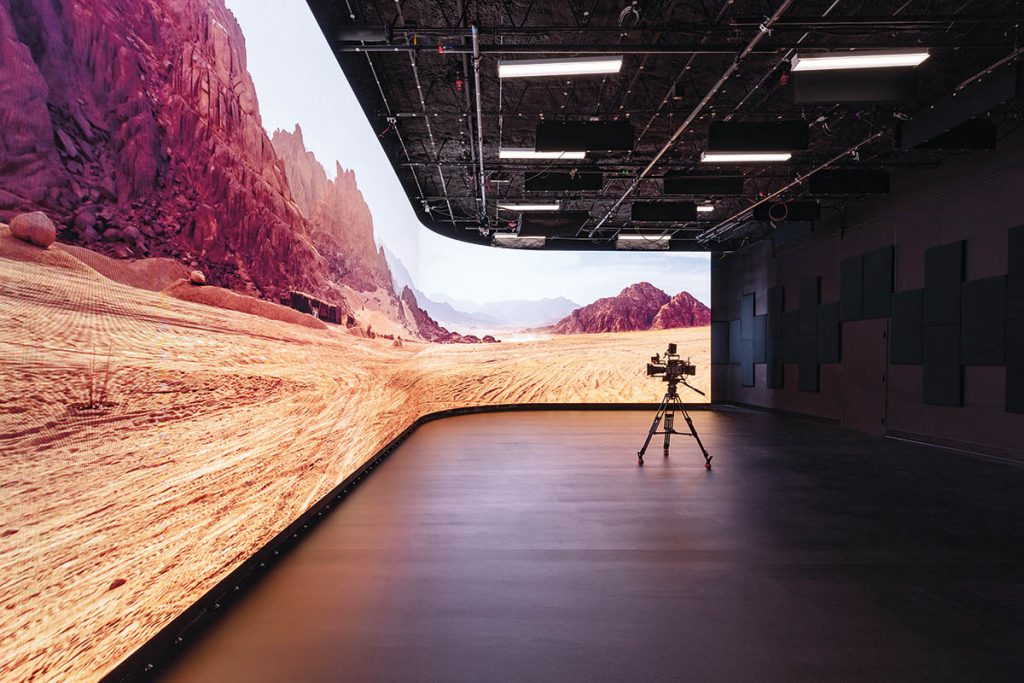
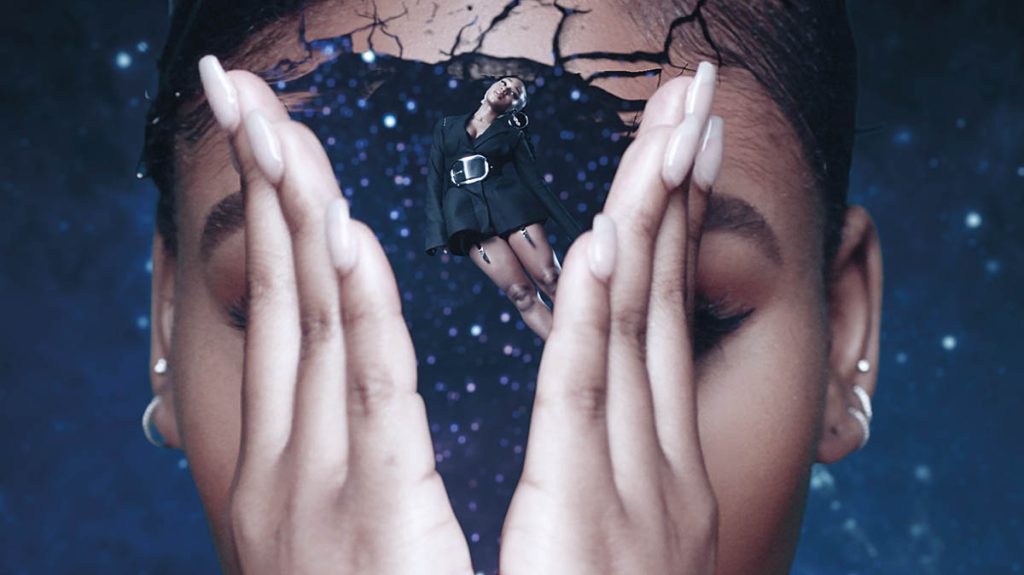
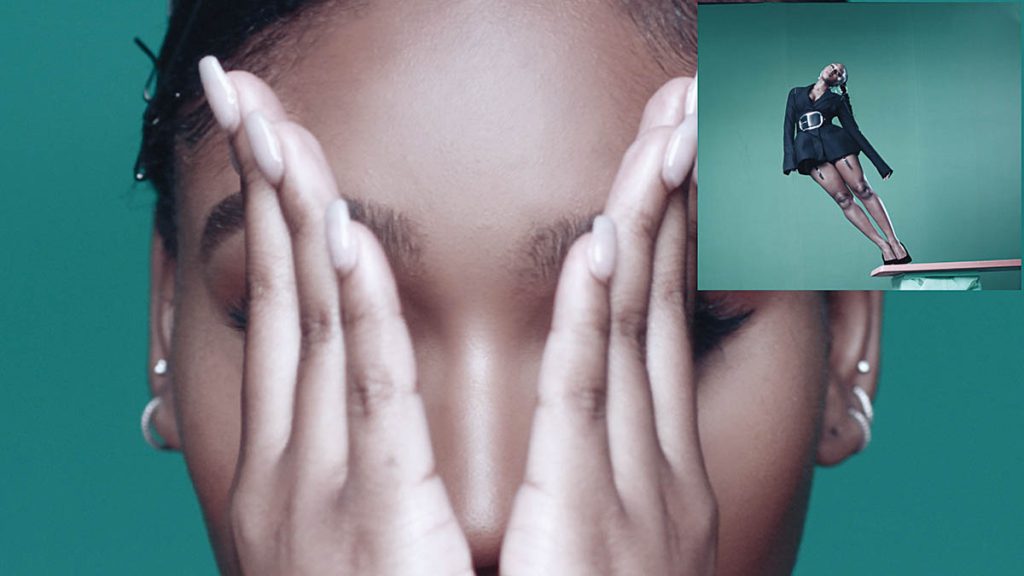
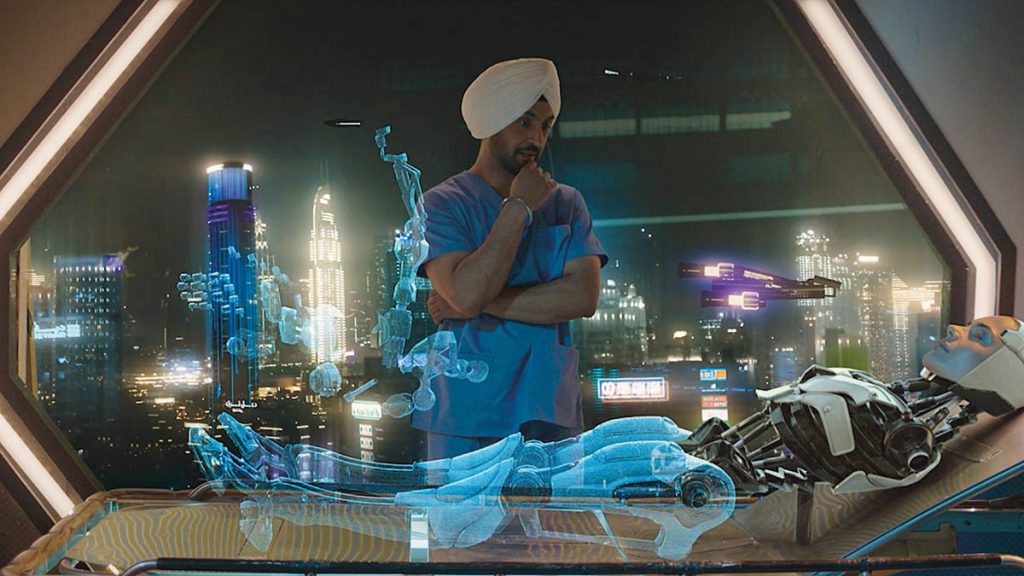
Leveraging his experience as a visual effects producer, Max Colt established Los Angeles-based Frender, which has worked on award-winning music videos for the likes of Harry Styles, Marc Anthony, Thomas Rhett and Nicki Minaj. “For me, it’s the music, the camera operator, the idea and a bunch of tools to play with,” observes Colt. “Right now, we work with AI technology because, for the past three years, it has become a trend. It’s also easy to jump into the industry because you can shoot a music video on an iPhone like Beyoncé – it’s simple to create content, but it’s not easy to create good content. I’ve been in this industry for 15 years and have done 500 or 600 music videos. I am still doing them because I personally like music as well as the freedom, and getting to work with the creatives and musicians.” Virtual production cannot be treated in the same way as a greenscreen shoot. Colt notes, “You need to approve everything before the shoot, and if you want to change something, it’s hard but still possible. This is a new tool, and for a big production like a movie, it’s time and cost-effective. For a music video, virtual production is okay; maybe in the next five years it will become cheaper than shooting regular greenscreen.”
“You can shoot a nice story without any post,” Colt observes. “It is a trend to create nonexistent things and visual effects help you to do that. You can produce some cool stuff with After Effects. But for simulations you need to use Nuke or Houdini. If you aesthetically understand the difference, you can play with these tools. Music videos are a great platform to play with new tools. Movies are a risky business, and no one spends a lot of money on new stuff.” In America, music videos, commercials and films are treated as different industries. Colt remarks, “Sometimes it’s hard to change industries. If you start on music videos, it’s hard to jump onto big movies. Europe is more flexible. However, music videos are the best platform to start your career, understand the process and see the final result.” Projects vary in scope when it comes to enjoyment, he adds. “Some projects I love and have a lot of stories. Others are copy-and-paste projects. Just like being a visual effects artist, sometimes it’s technical work such as clean-ups, while other times it’s creative, like producing nonexistent things. It really depends.”
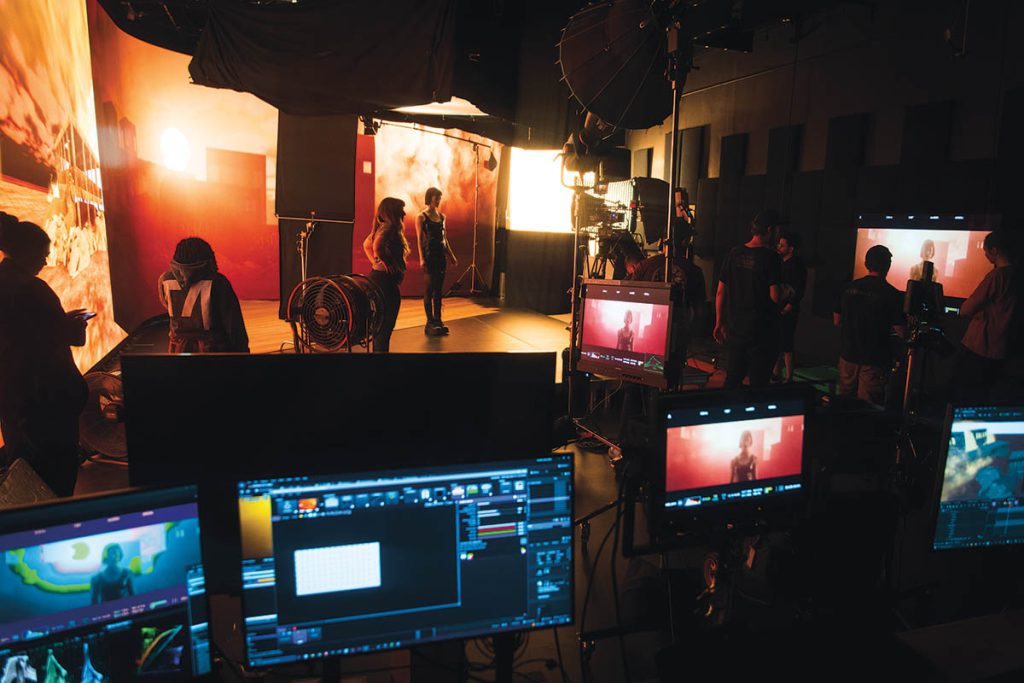
Ingenuity Studios was established to create visual effects for music videos, which continue to be part of a corporate portfolio that has expanded into television and feature films. Noteworthy collaborations have been with musicians such as Shawn Mendes, Selena Gomez, Taylor Swift, Billie Eilish and BTS. “Music videos have been the leading example on how viewing and creation habits have changed as well as the purpose of these things,” observes David Lebensfeld, President & VFX Supervisor for Ghost VFX and Ingenuity Studios. “Starting with the MTV era, music videos at their core were promotion to sell albums and took on a larger role in society when they became a place where creative people could go and stretch their legs and do stuff that wasn’t possible in other mediums. Record labels were willing to pay for it because it actually coincided with how music gets promoted. Certainly, more recently, TikTok and Instagram, probably more than YouTube, are where music gets promoted. On a production scale, you approach it differently for TikTok than you do for the MTV era because you would have $2 million to $3 million videos, whereas now it’s about viral trends, which are completely different in how those things get exposed and become popular.”
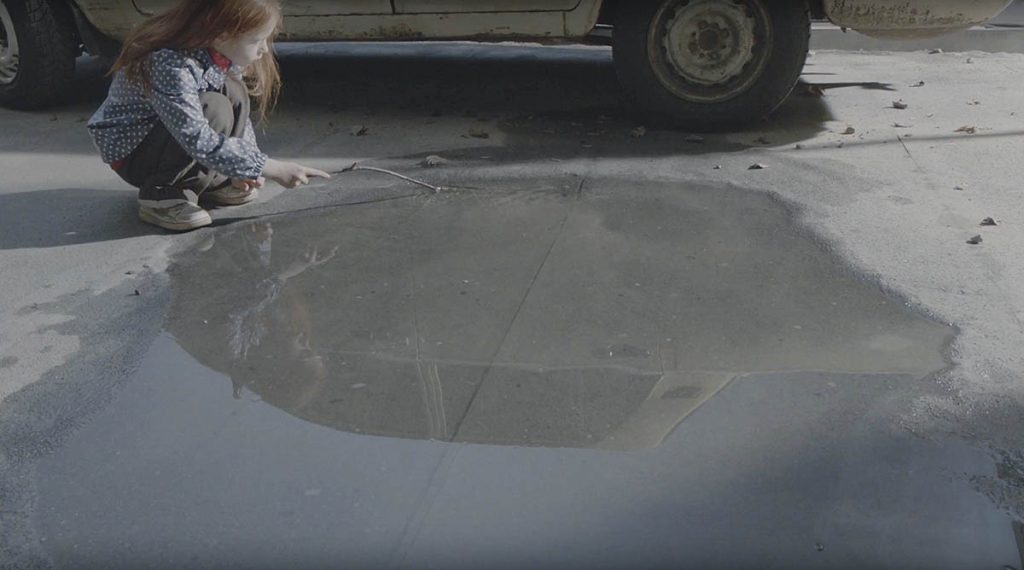
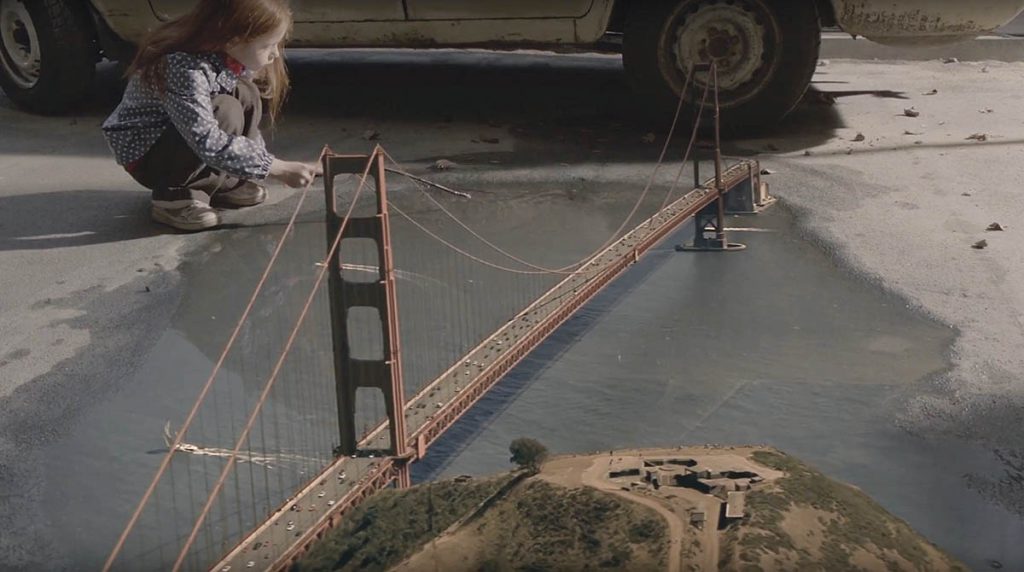

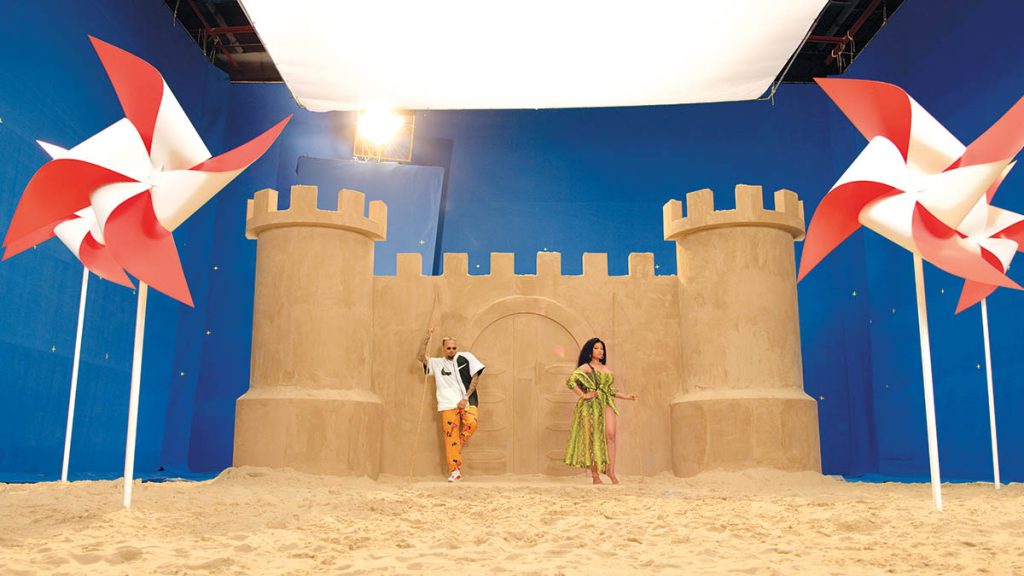
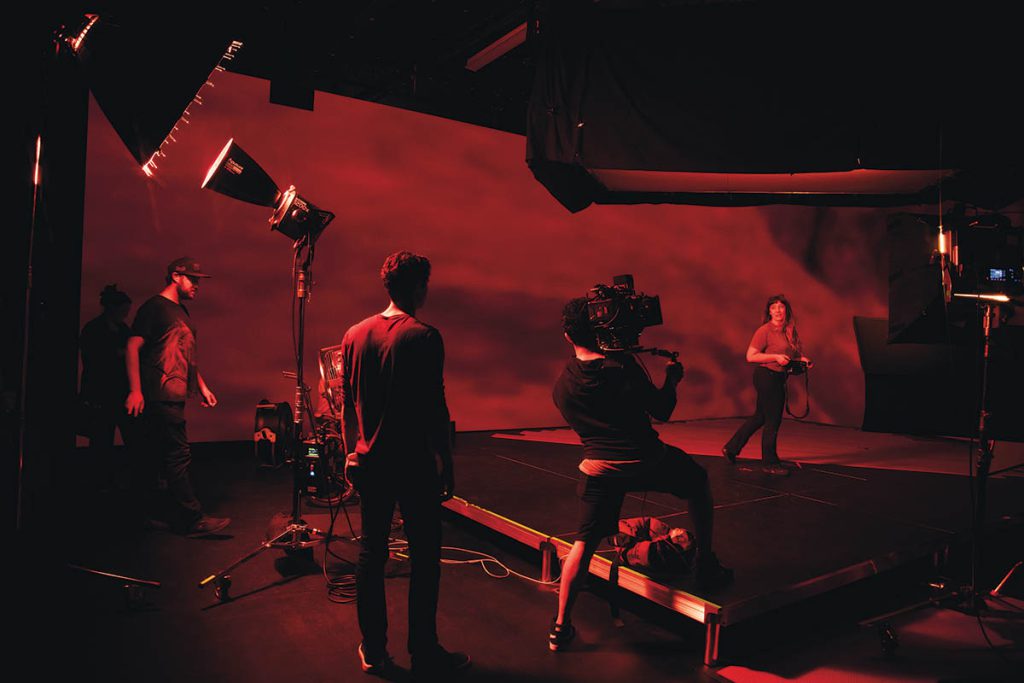
“Music videos are more divorced from cinema than they were in the A Hard Day’s Night or MTV era where you would have the same people making those things,” Lebensfeld remarks. “Now it’s more about capturing the moment and zeitgeist quicker, dirtier and less polished but maybe equally as clever. For that, you don’t need a six-week timeline and a $1 million budget to make a music video. The other benefit, particularly around the economics of record labels, is they used to put together a plan where you would come out with a big artist’s album and say, ‘These are the three singles that we’re going to put a bunch of money behind and promote.’ That’s when music video production would begin. It was before the albums came out. Over time, even in the MTV era, the record labels started waiting and seeing what hit in order to better deploy their capital to promote the album. With this current trend, it’s even more so, where they’ll make a music video for something they had no idea was going to be a hit, go with the moment and be able to produce something and put it on TikTok, or let the audience make it user-generated and incentivize that; that is the best use of their capital to promote an album.” Some things will continue to stand out. “But the way that content is created and consumed is going to be more about reaching niche, localized audiences versus making something big and expensive for everybody.”
Music videos themselves are not revenue generators. “AI, Unreal Engine and cellphone cameras – these tools that allow you to make content or user-generated content at a larger scale for a lot less money is where this is heading and arguably is already,” Lebensfeld observes. “The biggest piece of technology that is changing the way that music videos get made isn’t actually production related. It’s social media and the technologies behind that, which will continue to evolve with AI or hardware that gets better, easier or more ubiquitous. If you start having people wearing AR glasses all day long, then you’re going to need content for that. It’s not going to be about how technology is changing what gets produced. It’s more about how technology is changing how things get produced [for YouTube, TikTok and Instagram] and the need for content. Arguably, right now, video cameras in your phone are a big piece of the production puzzle, and will become more popular as people consume more content on the go, in a virtual environment or at a Fortnite concert. The AI piece allows for a lazier production process, so you could have somebody generating prompts of something they think is funny and setting it to a Lady Gaga song, and that’s what everybody finds hilarious and ends up blowing up a single.”